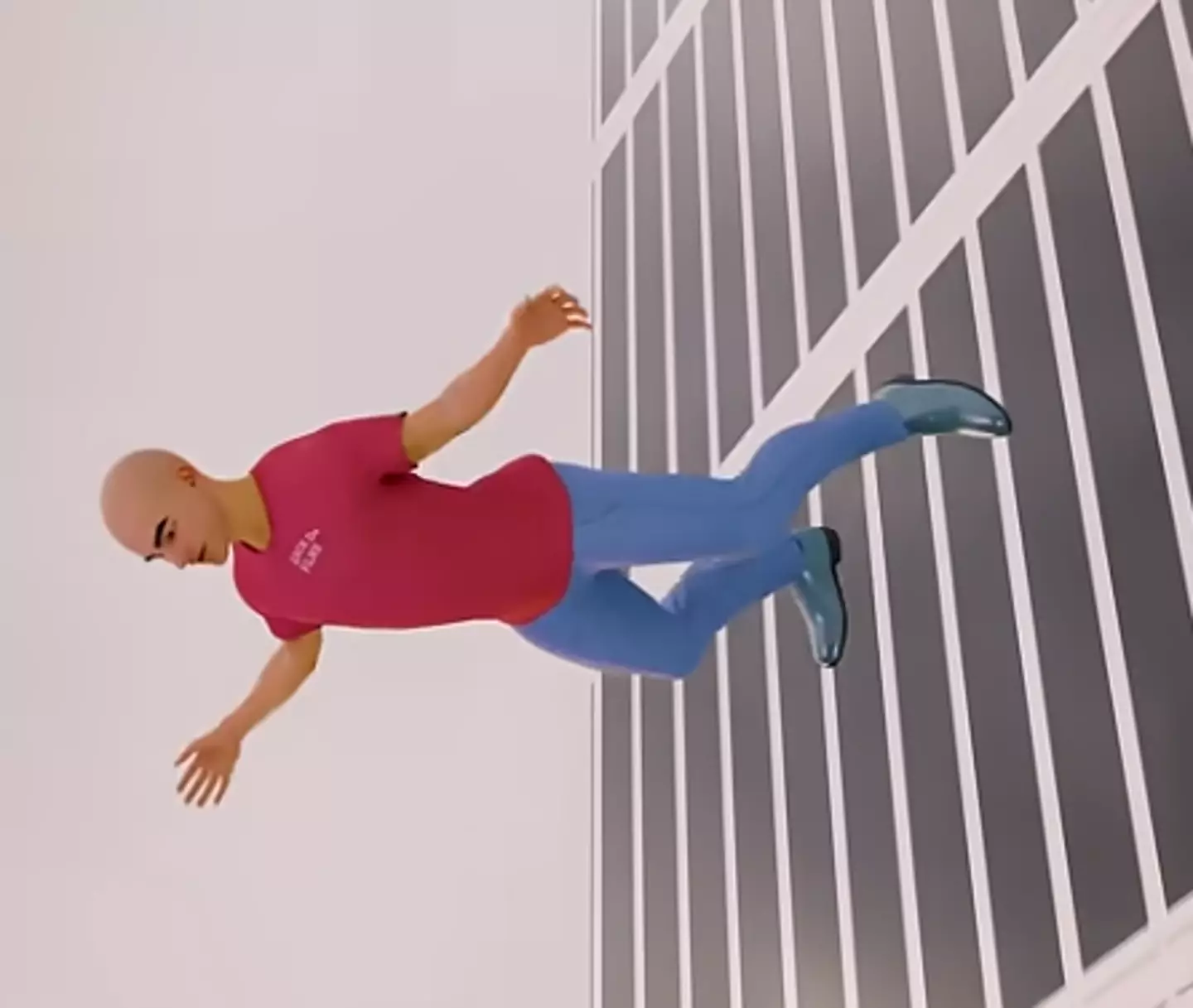Although it might seem like a situation confined to nightmares, falling from a skyscraper is a real incident that can occur, and being prepared for such an event could be beneficial.
No one knows when or where a fall could happen, but it’s an event that could theoretically occur to anyone.
Should you ever find yourself precariously balanced on the edge of a very tall building, these tips might prove to be invaluable.
A YouTube Short by Zackdfilms offers guidance on how to survive a fall from a significant height, providing widely recommended advice.
The video simulates a scenario with a clay-like figure plummeting from a building and following three key steps as described by Zack.
By adhering to these steps, the figure manages to survive.

One crucial tip is to relax your body as you fall.
“First, relax your body by moving your arms and legs to keep them loose.”
The simulation emphasizes the importance of relaxing every part to minimize damage upon impact.
Physical therapist Mayami Oyanagi, who has explored this subject for WikiHow, stresses the importance of avoiding tension.
She advises: “Do your best to relax your body so that when you hit the ground your body is more easily able to take the impact. Stay aware of your body, moving your arms and legs to make sure they aren’t locked.”

Another strategy is to find something to break your fall.
“Then, aim to land on something that can break your fall, like a tree, instead of the concrete.”
Oyanagi concurs, suggesting: “If you’re falling next to a building, or off a cliff in the wilderness, do your best to break your fall into segments by hitting a ledge, a lower cliff, a tree, or another object.”
This approach helps to reduce momentum and divides the fall into shorter, more manageable segments, increasing survival chances.

The final suggestion is to land feet-first.
“If possible, position yourself to land on your feet, to distribute the shock through your legs, but try to roll upon impact to reduce injury.”
While it might seem incredibly painful, this technique could be life-saving.
Always aim to land feet-first.
The simulation and expert advice highlight the importance of this step in increasing survival odds.
Oyanagi elaborates: “No matter what height you fall from, you should always try to land on your feet. Landing feet-first concentrates the impact force on a small area, allowing your feet and legs to absorb the worst of the blow.”
She notes that if you’re not in this position, it’s crucial to adjust before impact.
Fortunately, Oyanagi mentions that this is often a natural reflex when falling.
To achieve this, keep your feet and legs together to ensure they land simultaneously.
She advises: “Land on the balls of your feet. Point your toes slightly down before impact so that you will land on the balls of your feet. This will allow your lower body to more effectively absorb the impact.”
While the terrain below might be unpredictable, adhering to these suggestions could potentially make a critical difference.

